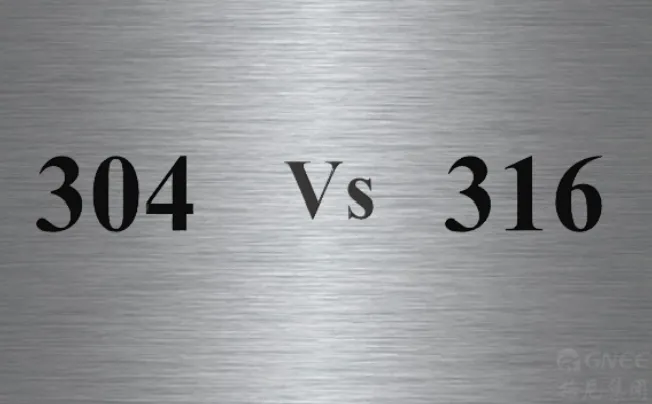Stainless Steel: What Are Differences Between 304 and 316?
To choose the right stainless steel grade from the 304 vs 316 stainless steel comparison, there is a need to understand the differences between 304 and 316 stainless steel. Below are several main differences you need to watch out for so you can get the right grade for your project.
1. Chemical Composition
The major difference between stainless 304 and 316 is their chemical composition.
| C | Si | Mn | P | S | Ni | Cr | Mo | |
| 304 | 0.08 | 0.75 | 2.0 | 0.04 | 0.03 | 8.0~11.0 | 18.0~20.0 | – |
| 316 | 0.08 | 0.75 | 2.0 | 0.04 | 0.03 | 10.0~14.0 | 16.0~18.0 | 2.0~3.0 |
From the chemical composition, we can find that SS 316 has less chromium and more nickel than SS 304, and it also has 2% molybdenum. The different properties and applications exhibited by both grades come as a result of these differences.
2. Corrosion Resistance
316 stainless steel has better corrosion resistance than 304 stainless steel. The extra molybdenum content results in grade 316 help make the grade resistant to chlorine while improving its resistance to acid and alkalis.
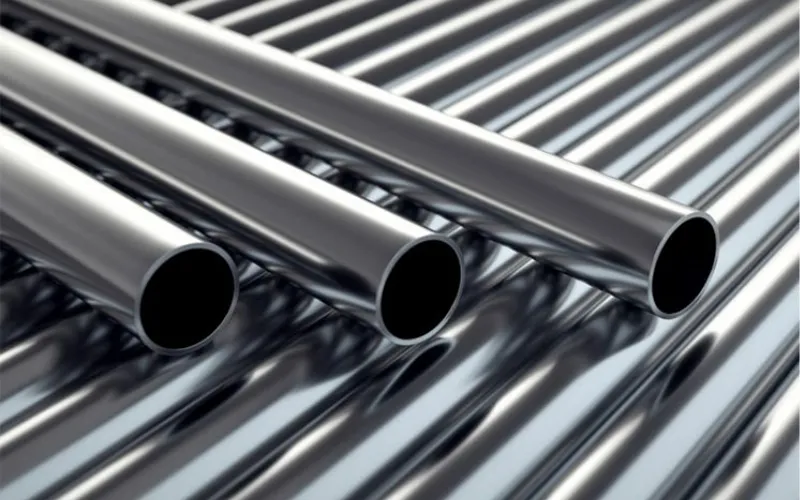
3. Durability
Durability is the measure of how strong a material is and its ability to resist wear and tear, corrosion, fatigue, deformation, and heat. Compared to SS 304, SS 316 has great durability due to its better corrosion resistance.
4. Density
The density of 304 stainless steel is 7.93g/cm³ and the density of 316 stainless steel is 7.98g/cm³. The density of 316 stainless steel is higher than that of 304 stainless steel.
5. Mechanical Properties
Below is the table of stainless 304 vs 316 comparisons based on mechanical properties.
| Type | UTS N/mm | Yield N/mm | Elongation % | Hardness HRB | Comparable DIN number | |
| wrought | cast | |||||
| 304 | 600 | 210 | 60 | 80 | 1.4301 | 1.4308 |
| 316 | 560 | 210 | 60 | 78 | 1.4401 | 1.4408 |
6. Melting Point
The melting point of grade 304 stainless steel is slightly higher than that of grade 316 stainless steel. The melting range of 316 is 2,500 °F – 2,550 °F (1,371 °C – 1,399 °C), roughly 50 to 100 degrees Fahrenheit lower than the melting point of grade 304 stainless steel.
7. Temperature Resistance
304 stainless steel has a higher temperature resistance with its melting point 50 to 100 0F higher than 316 stainless steel.
304 Grade: Handles high heat well, but continuous use at 425-860 °C (797-1580 °F) may cause corrosion.
316 Grade: Performs best in temperatures above 843 ℃ (1550 ℉) and below 454 ℃ (850°F)
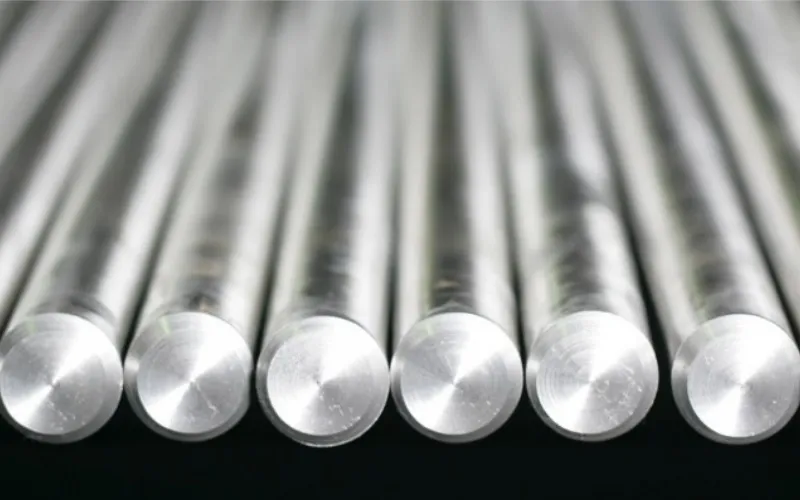
8. Applications
304 Stainless steel is more commonly used in our daily lives, from kitchenware and food processing to architectural decoration and automobile parts. It includes:
– Residential and commercial building equipment like doors and bathroom stalls
– Appliances such as refrigerators and dishwashers
– Commercial food processing equipment
– Car moldings and trim
By comparison, 316 stainless steel is more resistant to corrosion, especially from chlorides and other harsh chemicals, than 304 stainless steel. That makes it a common choice for marine equipment, chemical processing, and other applications in which the material is exposed to extremely high concentrations of chlorides or other oxidation agents. For example, it can be used in:
– Surgical equipment
– Heat exchangers
– Chemical processing equipment like tanks and heaters
– Marine equipment like boat railing, ladders
– Exterior electrical enclosures
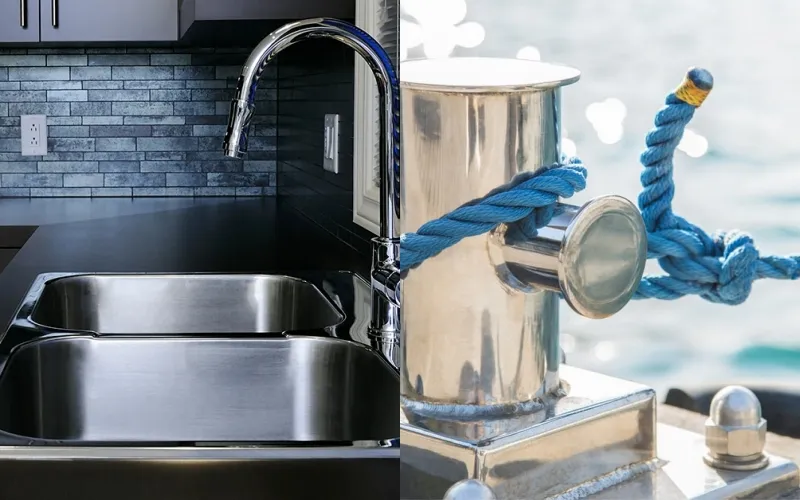
9. Price
The increase of nickel and molybdenum content in 316 makes it more expensive than 304. Also, the extra constituent improves its corrosion resistance and ultimately its value.
On average, the price of 316 stainless steel is 40% higher than the price of 304 stainless steel.
Which Should You Use: Grade 304 or Grade 316?
After looking at the differences between both SS grades, you may want the final answer to the 304 vs 316 stainless steel comparison, which one is better? As you might expect, there is no single answer. However, to help you, we’ll answer some questions below to help you choose the right one for your project.
1. In what environment will the product be used?
Either of the two stainless steel grades are suitable for use in corrosive environments. However, in acidic, salty, or chloride environments, SS 316 is best used as its 2% molybdenum content gives it high corrosion resistance.
2. What is the operating temperature?
Temperature can cause corrosion. Therefore, 316 stainless steel is a better choice when the operating site temperature is higher (>843℃ and <454℃).
3. What is your budget?
If the need for the above characteristics is not important, SS 304 is a good choice as it costs less than SS 316.
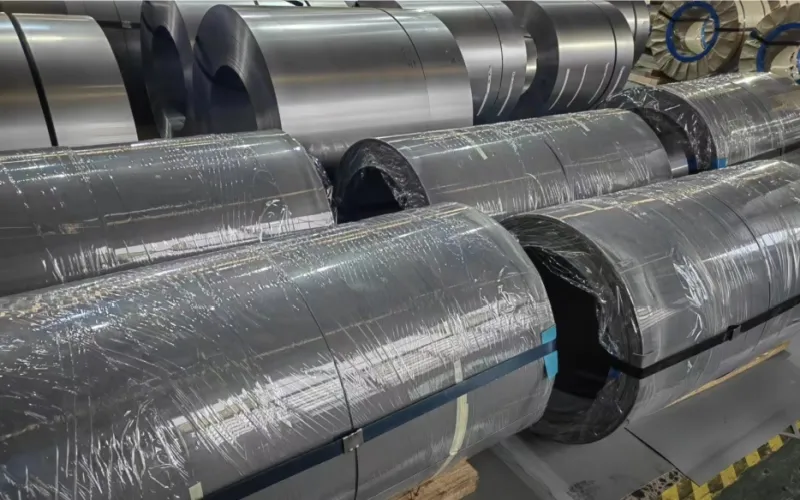
Sourcing Simplified — Start Your Next SS Project from Gnee
Whether you’re looking for 304, 316, or any other type of stainless steel, Gnee Stainless Steel can get the material you need!


